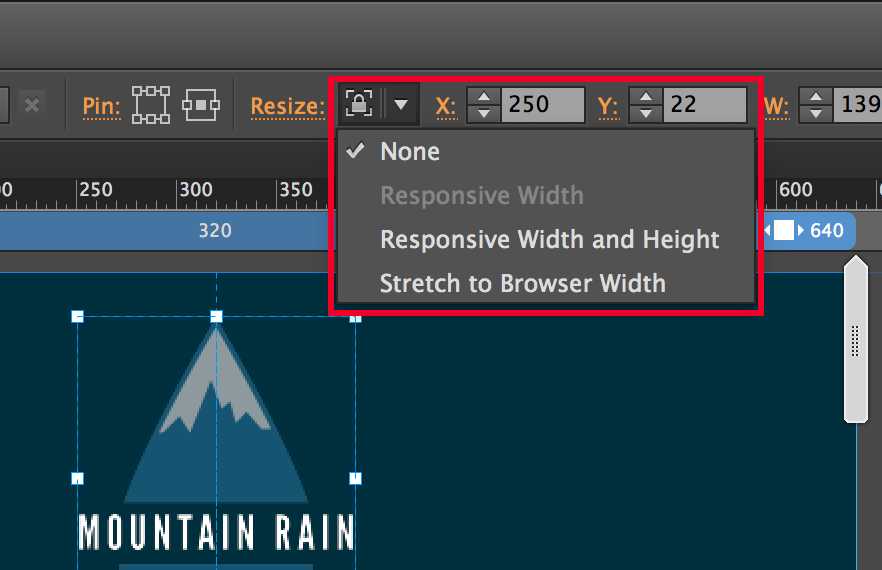

- #Adobe muse fluid image tutorial pro#
- #Adobe muse fluid image tutorial code#
- #Adobe muse fluid image tutorial professional#
In this video we will see on how we work with fluid grid designs inside of Adobe Muse adobemuse adobemusecc adobemusetutorialLearn the basics of using Ado. Utilize Adobes Creative Clouds incredible power to apply effective colour and responsive design. One of the most important places to keep the URL consistent is the URL that you use when uploading your site in Muse. Redirect all versions of your URL to the preferred version Adobe Muse is part of the Adobe Creative Cloud tool set. Once you've decided your preferred URL and uploaded your site into Muse, you'll want to make sure that all other versions of your site get redirected to the preferred version.
#Adobe muse fluid image tutorial code#
Step 3: Add your site to Google Webmaster This can be done by adding a little bit of code to your. This is one of the most important steps of the process. If you don't already have a Webmaster account, create one here. Enter the URL that you decided upon in the step above. If you have Google Analytics or Google Tag manager installed on your site, you'll be able to quickly verify your website with the corresponding option. If you are using Master Page (Premium), you also have the option to verify the site with the HTML tag option. Muse automatically generates a sitemap but it for some reason includes images as unique pages and no priority markup. The lack of priority markup makes it harder for a search engine to understand the structure of your website and the inclusion of images as individual pages is at best, ignored. This all adds up to a lot of uncertainty of how much of your website is getting indexed. Until Muse fixes it's sitemap issue, you can generate your sitemap with XML-Sitemaps.
#Adobe muse fluid image tutorial pro#
If you sign up for their pro service, you can schedule your sitemap to be automatically updated and submitted. Step 5: Fetch and submit your site to be indexed If not, you can upload the generated sitemap using Master Page (Premium) or Sitemap Uploader. Once you have completed all of the above steps, it's time to let Google know that your site needs to be indexed. To do this, open Google Webmaster and go to Crawl > Fetch as Google. Once your website has been fetched, click Submit to Index. If your website is using a fluid layout, then you are all done! Adaptive layout In the popup, select the option to Crawl this URL and its direct links and then click Go. If your website is using an adaptive layout, you'll also to submit the alternate version(s) of your website. To do that, enter phone/ (or tablet) into the input for the URL. Then, in the dropdown, select Mobile: Smartphone. It shouldn't take longer that 24-48 hours to start getting some of your pages indexed.I am Aditya and I live in Mumbai.

#Adobe muse fluid image tutorial professional#
I am a freelance web designer with over 6 years of professional experience. I have expertise skills in HTML, XHTML, CSS and JavaScript programming. I have a massive passion for cooking - I really enjoy it! I think I am getting a lot better at it, hopefully anyway. I like to experiment with some products, I find it actually quite relaxing and enjoy seeing what I can make. I am also passionate about music - I really like checking out new and upcoming bands and artists. I like to review new music and post my feelings and thoughts about it. Selecting a region changes the language and/or content on am a big film geek too - my favourite genre is action.

For more information, see Migrating existing Adobe Muse websites to responsive layout. Change the layout of your existing Adobe Muse websites to fluid width, and tweak the layout of objects to suit different browser widths.

Customize the starter templates and publish your responsive site with a few clicks.


 0 kommentar(er)
0 kommentar(er)
